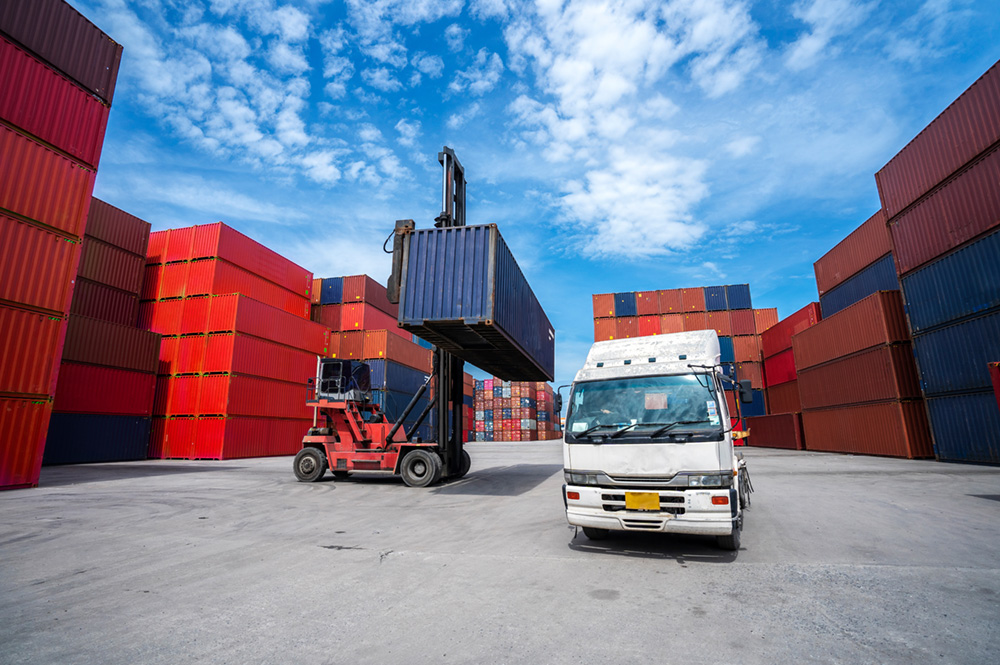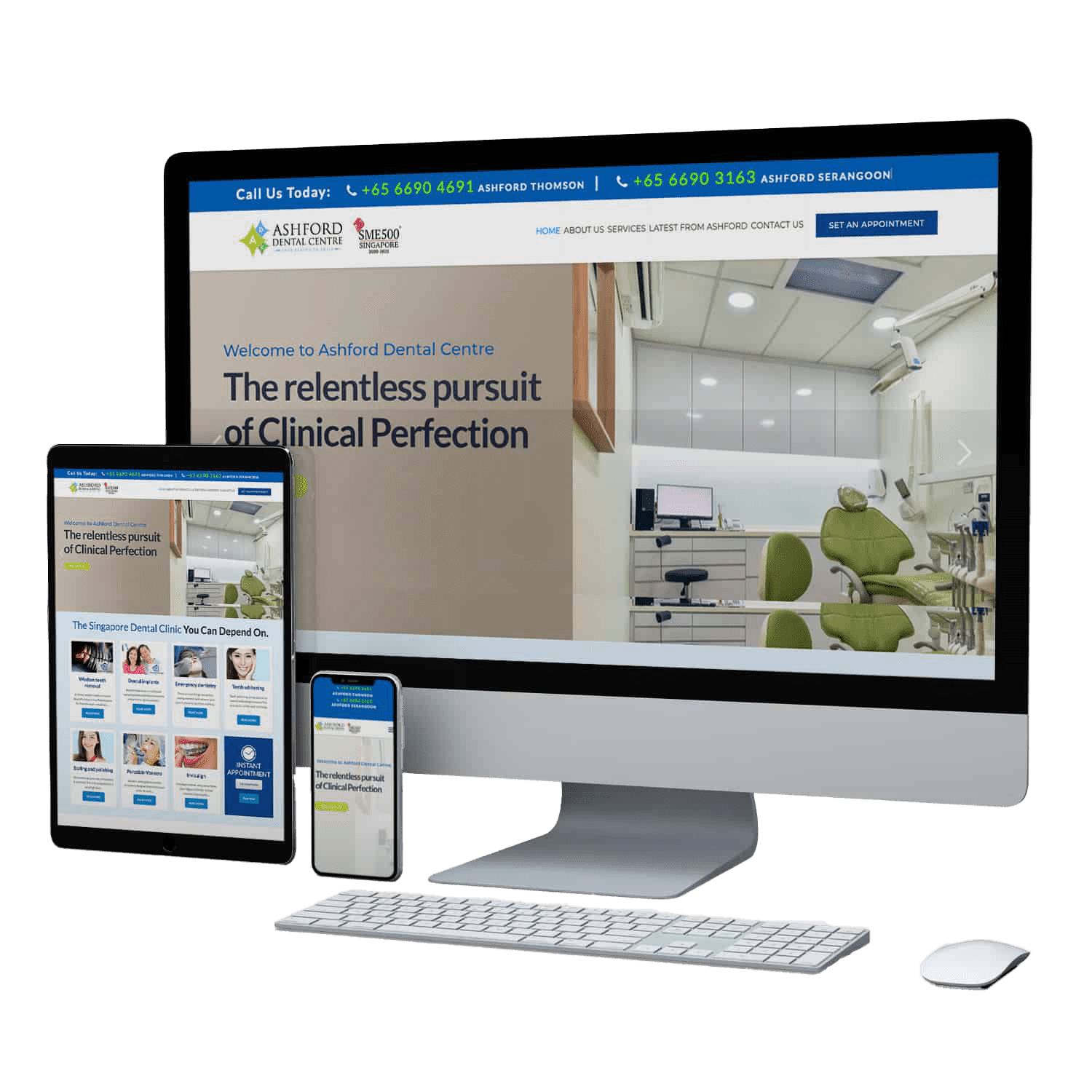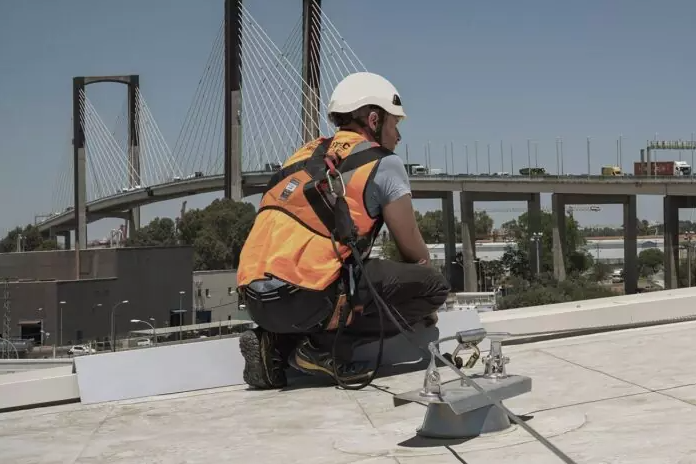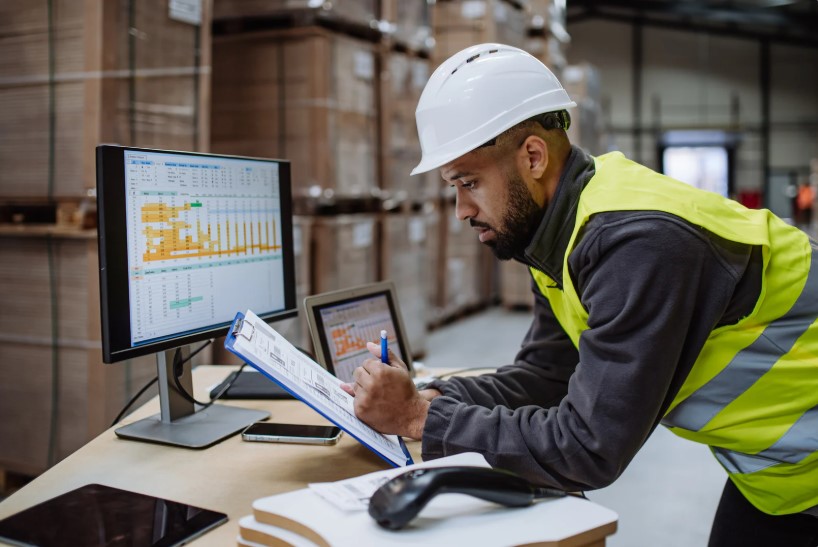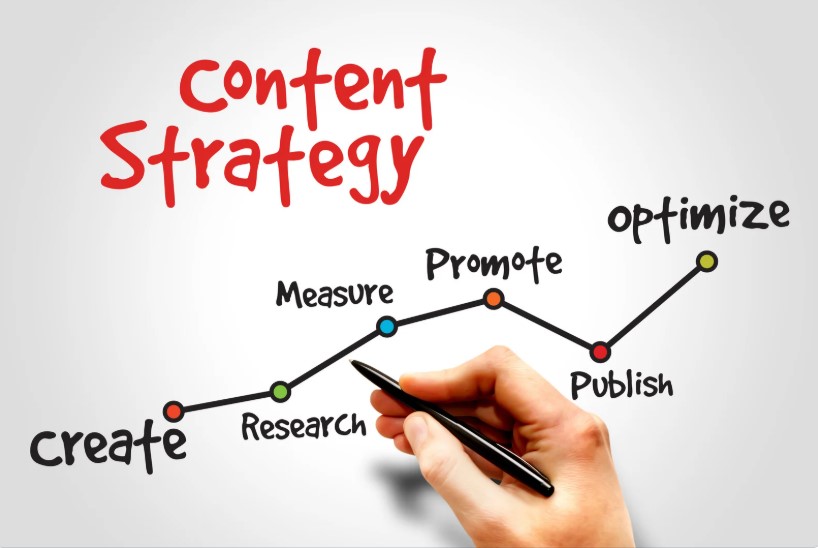Why Attention to Detail Matters in WordPress CMS Website Design & Development in Singapore
Creating a website on WordPress is one of the smartest business moves a company can make, but without attention to detail, even the best intentions can backfire. In Singapore’s fast-paced digital environment, where users expect flawless performance and visual appeal, minor design or development errors can result in lost customers and reduced conversions. Every design decision—from layout spacing to image optimization—affects how users interact with your website. When a business invests in professional WordPress CMS Website Design & Development in Singapore, it’s not just paying for aesthetics but for credibility and trustworthiness. Singapore’s market is highly competitive, and first impressions often determine whether a visitor stays or leaves. That’s why understanding and avoiding common design and development pitfalls is crucial for long-term success.
Neglecting Mobile Responsiveness
One of the biggest errors businesses make is overlooking mobile responsiveness. With more than 80% of Singapore’s population using smartphones to browse and shop online, a website that doesn’t adapt seamlessly across all devices risks losing a major share of its potential audience. Poor responsiveness can lead to misaligned content, distorted images, and unclickable buttons, frustrating users who expect fast and fluid navigation. A mobile-responsive website enhances engagement, supports local SEO rankings, and builds user trust. Developers in Singapore should prioritize frameworks like Elementor, Divi, or responsive WordPress themes that automatically adjust to screen sizes. Testing a website across various devices before launch ensures every user experiences the same quality, whether they’re on a laptop, tablet, or phone. The key is to design for mobile first—ensuring speed, legibility, and ease of use are never compromised.
Overlooking Website Speed and Performance
A slow-loading website is one of the quickest ways to lose potential customers. In Singapore’s digital marketplace, where attention spans are short, users expect websites to load in under three seconds. Performance issues are often caused by oversized images, excessive plugins, or unreliable hosting. These technical mistakes not only frustrate visitors but also negatively impact Google’s ranking algorithm, which prioritizes speed and performance. To improve load times and deliver a smoother browsing experience, businesses can take several steps:
- Optimize and compress images without losing quality
- Use a content delivery network (CDN) to reduce latency
- Implement caching plugins like WP Rocket or W3 Total Cache
- Regularly audit and remove unnecessary plugins
- Invest in a reliable Singapore-based hosting provider for faster server response times
By addressing these speed factors early, companies can significantly enhance both user satisfaction and SEO visibility, leading to higher engagement and conversion rates.
Ignoring the Importance of User Experience (UX) and Navigation
User experience is the heartbeat of effective website design. When visitors can’t find what they need quickly, they simply leave. Common UX mistakes include cluttered layouts, hard-to-read fonts, and confusing navigation menus. In Singapore’s competitive online environment, where users have countless alternatives, poor UX can destroy a brand’s credibility. Every website should prioritize simplicity, consistency, and accessibility. For instance, use clear navigation bars, concise call-to-action buttons, and intuitive menu structures. A well-designed WordPress site should feel effortless to explore, regardless of a visitor’s technical ability. Singaporean audiences tend to value clean, modern designs with minimal clutter, reflecting the local preference for functionality blended with elegance. A well-structured UX not only keeps users engaged but also helps convert them into loyal customers.
Failing to Secure the WordPress CMS Properly
Security is one of the most overlooked areas in WordPress CMS Website Design & Development in Singapore. Many businesses assume that WordPress’s built-in protections are sufficient, but this is a costly misconception. Cybersecurity threats are rising in the region, targeting businesses that neglect updates or use weak credentials. Common vulnerabilities include outdated plugins, unsecured admin panels, and lack of SSL encryption. To safeguard a WordPress site, developers should:
- Use strong, unique passwords and enable two-factor authentication
- Keep all themes, plugins, and core files updated
- Install reputable security plugins such as Wordfence or Sucuri
- Set up automatic backups to restore data in case of breaches
- Ensure the website runs on HTTPS with a valid SSL certificate
By prioritizing these safeguards, Singapore-based businesses can maintain trust with their audiences and avoid costly downtime or data leaks.
Mismanaging Plugins and Themes
Plugins and themes add power and flexibility to WordPress, but using too many or low-quality ones can lead to serious performance and security issues. Businesses often make the mistake of installing dozens of plugins to add unnecessary features, which slows down loading speeds and increases the risk of compatibility problems. Similarly, free or pirated themes may contain hidden malicious codes that compromise the site’s integrity. The best approach is to install only trusted, regularly updated plugins and select lightweight, responsive themes from reputable developers. A clean, efficient WordPress setup ensures smoother performance, faster maintenance, and a better user experience. Developers should also periodically review plugins to remove those that are outdated or redundant. This simple practice keeps the CMS environment optimized and secure.
Not Implementing Proper SEO Foundations
A beautifully designed website is useless if no one can find it online. One of the most common mistakes in WordPress CMS Website Design & Development in Singapore is neglecting search engine optimization during the development phase. SEO should be built into the website from the start, not added later. Mistakes such as missing metadata, poor URL structure, or lack of keyword optimization can limit visibility. To strengthen a WordPress site’s SEO foundation, businesses should:
- Install SEO tools like Yoast SEO or Rank Math
- Optimize title tags, meta descriptions, and header tags
- Use local SEO techniques such as including Singapore-based keywords
- Create XML sitemaps and submit them to Google Search Console
- Optimize alt text for all images
Implementing these measures early gives websites a stronger chance of ranking well in search results and reaching the right audience in Singapore’s growing digital market.
Poor Content Structure and Readability
Even the most visually appealing website can fail if its content isn’t engaging or easy to read. Singaporean users appreciate clear, structured content that provides value without overwhelming them. Common content mistakes include long paragraphs, inconsistent fonts, and walls of text without visual breaks. To make content more readable and effective, use headings, bullet points, and short sentences that convey information quickly. Incorporate images, videos, or infographics to enhance understanding and maintain engagement. Consistency in tone and style across all pages reinforces a strong brand voice. WordPress makes it simple to manage and update content, so taking advantage of this flexibility ensures your website always reflects professionalism and clarity.
Neglecting Analytics and Ongoing Maintenance
Launching a WordPress website isn’t the end—it’s the beginning of continuous improvement. Many businesses in Singapore neglect to monitor performance or maintain their site post-launch, leading to issues that build up over time. Without analytics, it’s impossible to understand what’s working and what isn’t. Integrating tools like Google Analytics, Google Search Console, or Hotjar helps track user behavior, keyword performance, and conversion metrics. Routine maintenance is equally critical—updating plugins, checking broken links, and performing backups prevent technical breakdowns. A WordPress website should evolve alongside a business, adapting to new trends, user preferences, and technological changes. Continuous monitoring ensures that the site remains fast, secure, and relevant.
Overcomplicating Design Without Considering Brand Identity
Many businesses make the mistake of adding unnecessary animations, flashy colors, or excessive elements that distract from the brand’s message. While creativity is valuable, it must serve a purpose. In Singapore, where minimalism and precision are appreciated, a clean and well-structured design often performs better. The key is to maintain visual harmony between your brand colors, typography, and content layout. Every design element should enhance, not overshadow, your message. Avoid using too many fonts or inconsistent visuals across pages. Instead, focus on building a cohesive look that reflects your company’s professionalism and values. When design aligns with brand identity, it creates a stronger emotional connection with visitors and improves brand recall.
FAQs: Insights for Businesses Investing in WordPress CMS Website Design & Development in Singapore
1. What makes WordPress ideal for businesses in Singapore?
WordPress offers flexibility, scalability, and a wide range of plugins that cater to different industries. It’s cost-effective and SEO-friendly, making it ideal for Singapore’s digital-first market.
2. How often should I update my plugins and themes?
Regular updates are essential for security and performance. It’s best to check for updates weekly or enable automatic updates for trusted plugins and themes.
3. What’s the average cost of professional WordPress CMS Website Design & Development in Singapore?
Costs vary depending on complexity, features, and customization. Generally, professional development in Singapore can range from SGD 2,000 to SGD 10,000 or more for advanced sites.
4. How can I improve website speed without changing my host?
You can compress images, enable caching, use a CDN, and remove unnecessary plugins. These steps often result in faster load times without changing hosting providers.
5. What are the best practices for keeping a WordPress site secure?
Install reliable security plugins, use strong passwords, perform regular backups, and ensure all software components are kept up to date.
Takeaway
Building a high-performing, secure, and visually engaging website takes more than just choosing the right platform—it requires thoughtful planning and ongoing effort. By avoiding these common mistakes in WordPress CMS Website Design & Development in Singapore, businesses can position themselves ahead of the competition, attract more visitors, and maintain long-term success in the digital landscape. Each improvement, from security to UX, contributes to a stronger online presence that reflects the quality and professionalism of your brand.






